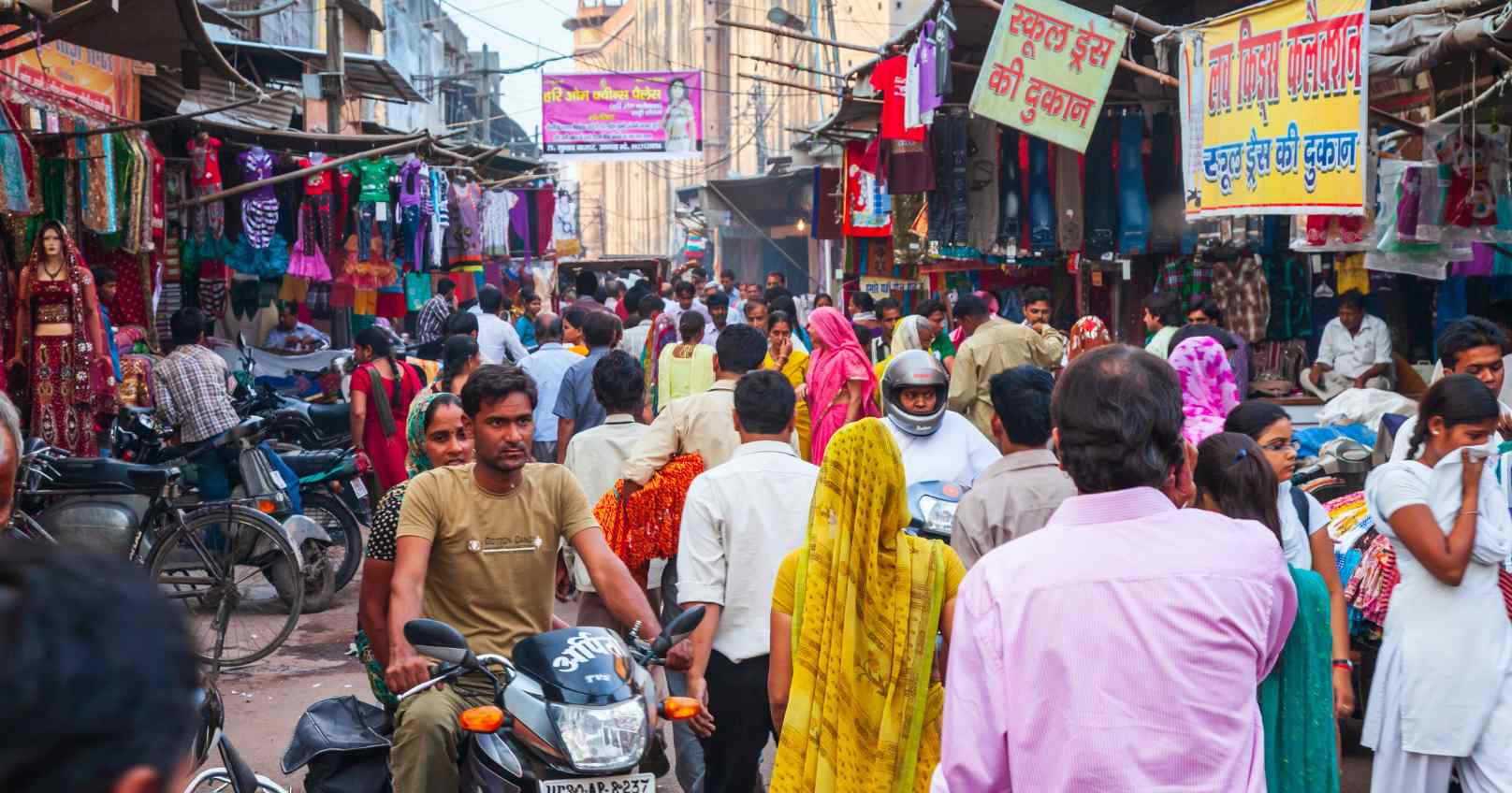India's population is projected to reach 1.522 billion by 2036, according to data from the Ministry of Statistics and Programme Implementation. The government data also indicates that the sex ratio is expected to improve, rising from 943 females per 1,000 males in 2011 to 952 in 2036. Additionally, the percentage of females in the population is anticipated to increase slightly to 48.8% by 2036, compared to 48.5% in 2011.
The proportion of individuals under 15 years of age is projected to decline from 2011 to 2036, while the share of the population aged 60 years and above is expected to rise significantly, according to the government data.
These findings are detailed in the 25th edition of the government's "Women and Men in India 2023" report, which provides a comprehensive overview of the status of women and men across the country. The report breaks down data by gender, urban-rural differences, and regional variations, offering insights into disparities among different groups.
Key projections and findings from the report include:
- By 2036, India's population is expected to reach 1.522 billion, with the female percentage improving to 48.8%, up from 48.5% in 2011.
- The sex ratio is projected to improve from 943 females per 1,000 males in 2011 to 952 by 2036.
- Fertility rates among younger women are expected to decline. The report notes that between 2016 and 2020, the Age Specific Fertility Rate (ASFR) for women aged 20-24 and 25-29 decreased from 135.4 and 166.0 to 113.6 and 139.6, respectively.
- For women aged 35-39, the ASFR increased slightly from 32.7 to 35.6 over the same period, suggesting that more women are considering expanding their families later in life.
- The report also indicates a decrease in the Infant Mortality Rate for both male and female children. The Under-5 Mortality Rate dropped from 43 per 1,000 live births in 2015 to 32 in 2020.
- The Labour Force Participation Rate (LFPR) has increased for both men and women. According to the Periodic Labour Force Survey, male LFPR rose from 75.8% to 78.5% between 2017-18 and 2022-23, while female LFPR increased from 23.3% to 37% during the same period.
Overall, the report highlights progress toward gender equality in India while also identifying ongoing challenges.







